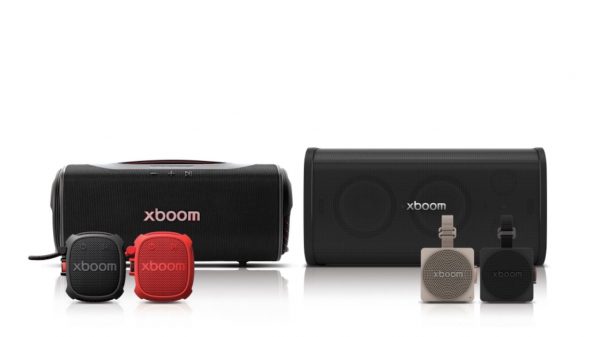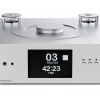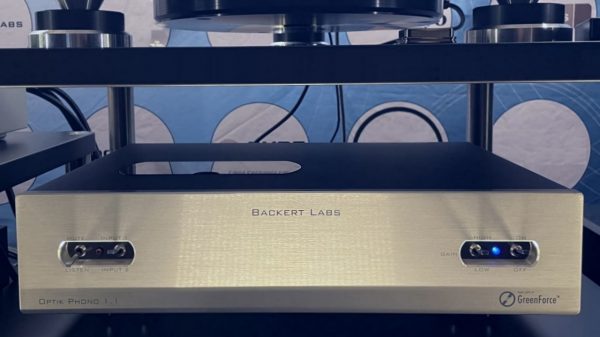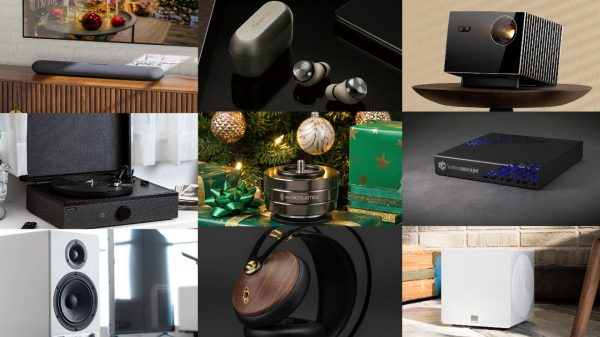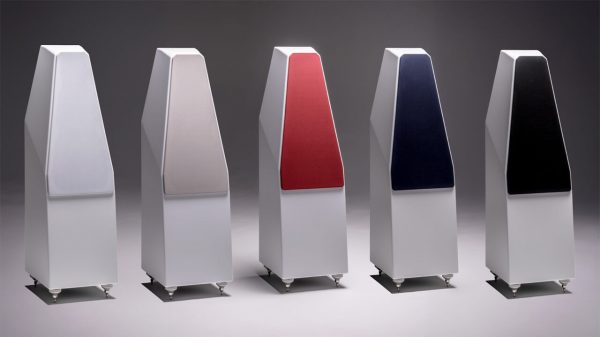Wilson Audio announced the WATCH (Wilson Audio Theater Comes Home) Center Series 3, the the third generation their high-end center-channel speaker, the WATCH Center.
Midrange Driver
The WATCH Center Series 3 uses the same midrange developed originally for the Alexandria Series 2 by Dave Wilson and his team of engineers. The Wilson mid was born of countless hours of listening to live, unamplified music in the great concert halls of the world, most notably the Musikverein in Vienna.
New Tweeter
The WATCH Center Series 3 sources its tweeter from the Sasha W/P and Sophia Series 3. This proven design is slightly more efficient than the tweeter it replaces. It is also more expressive of both large and small scale dynamics. Most importantly, it is better suited and matched to the Wilson midrange driver.
All tweeter diaphragms are partially acoustically transparent. Any out-of-phase or time-delayed reflections caused by the housing in the rear of a tweeter that, in turn, make their way out of the front of the diaphragm are heard and measured as noise and distortion. Wilson's tweeter topology dramatically reduces this type of distortion. Wilson-developed materials combine with proprietary mechanical configurations to dramatically reduce time-delayed reflections behind the diaphragm, preventing them from corrupting the primary wave. In-band noise present in almost all conventional tweeter designs is substantially reduced, which results in a commensurate reduction in audible high-frequency noise and grain.
Revised Crossover
To capitalize on the performance advantages of the Wilson midrange driver, a complete redesign of the crossover was in order for WATCH Center 3. Along with the latest in Wilson's unique anti-jitter technology, which accounts for interactions between high- and low-pass filters, special attention was given to the crossover's signal path and component layout, with measurable reductions in component interaction. The new crossover allows the Wilson mid to “speak” articulately from a near-silent background.
New Architecture
Wilson center-channel loudspeakers have always been modular and adjustable in the time domain. Now, as a result of enhancements to the tweeter-module mounting hardware, these adjustments are achieved with greater precision and ease. Whereas the Series 1 and 2 Centers employed a circular disk under the mounting bolt, with the center of the bolt serving as a (somehwat imprecise) guide to line up the tweeter module to its correct location, the Center 3 incorporates a milled, square alignment guide, with a clear demarkated indicator, facilitating very precise tweeter-module alignment.
The Center 3's front baffle is angled upward, directing the sound more correctly at the listener's ears, especially important when the Center is mounted low, beneath a screen. The Center 3 utilizes X-Material in both tweeter and woofer enclosures. S-Material, Wilson's latest composite first used in the Sasha, now finds its place in the Center 3's mid-woofer baffle. The new cabinet minimizes enclosure resonances and enhances the Center's settling characteristics, allowing for better microdynamics and deeper shades of black.
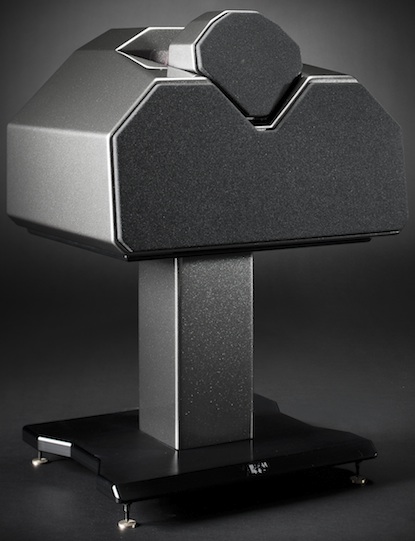
As with the Sasha W/P and the Sophias Series 3, the Center Series 3 was designed from the ground up to leverage the increased efficiencies inherent in Wilson's new manufacturing facility. So while the Center Series 3 is more sophisticated and complex in every physical detail, the efficiencies that come as a result of an intimate collaboration between engineering and manufacturing have allowed Wilson to introduce Center Series 3 with only a slight increase in price–$8,900 without stand. The slightly revised stand will remain the same as the Series 2 stand, $1,595.
Upgrade Program
Because of massive changes in cabinet structure as well as the material being used in the construction of the enclosure, it is not possible to upgrade a Series 2 to Series 3. However, the engineers did strive to minimize the potential disruption of replacing a Series 2 with the 3. The Center 3 has the same spike and stand hole locations on the bottom of its enclosure as the Center 2. This means a Center 3 can replace a Center 2 without having to change the stand in the customer's home. Furthermore, the Center 3 is the same height and width (it is slightly deeper) as the Series 2, facilitating direct replacements in theater systems where the Center is located just beneath a projector screen, or is incorporated into custom cabinetry.
Price and Availability
First shipments for existing orders are scheduled for June 1, 2011 at a U.S. retail price of $8,995.







